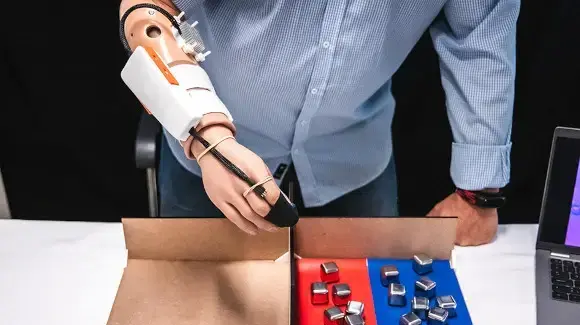The nervous circuit
that carries the pleasant
sensation
of a
caress
from the skin to the brain has been reconstructed
: the result is the result of over four years of research on mice conducted by about twenty researchers from Columbia University and other partner institutions and institutions.
The study, published in the journal Cell, could pave the way for new skin-targeted therapies to help people suffering from anxiety, depression and autism.
Even
human skin
is in fact equipped with
tactile sensors
very similar to those of mice called
Mrgprb4
and which had already been under scrutiny for some time due to their ability to activate in response to weak stimuli such as the lightest touches.
Thanks to
optogenetics
, US researchers have obtained
mice with genetically modified Mrgprb4 cells
that can be
remotely activated with colored light
.
In this way they discovered that animals stimulated with a beam of blue light tended to flex their backs, assuming the classic posture they show when they are sexually receptive.
The
'caress of light'
it aroused so much pleasure that the mice themselves spontaneously went under the lamp.
In animals in which Mrgprb4 cells were eliminated, however, a collapse of sexual receptivity was observed.
"We therefore understood that these cells are important for detecting social touch in encounters," explains researcher Leah Elias.
Using the fiber photometry technique, the team then identified
reward neurons,
which fire in the brain in response to impulses from Mrgprb4 cells.
The bridge that connects the sensors of the skin with the brain are the Gpr83 neurons of the spinal cord, already identified in another study by Harvard researchers.
Touch sensors in skin cells on the back of a mouse fluoresced (source: Abdus-Saboor Lab/Zuckerman Institute)


/cloudfront-eu-central-1.images.arcpublishing.com/prisa/4BBEMCOSQFE7LNGAOSXIRE24NE.jpg)






